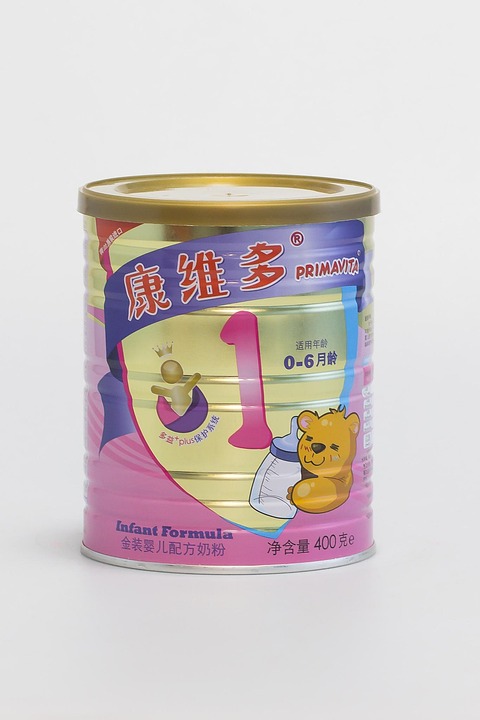Introduction
Exporting milk powder globally presents both challenges and opportunities for dairy companies looking to expand their market reach. In this report, we will delve into the key factors affecting the global milk powder trade, including market trends, regulatory hurdles, competitive landscape, and potential growth areas.
Market Overview
The global milk powder market is a significant segment of the dairy industry, with a value of over $20 billion in 2020. The demand for milk powder is driven by its long shelf life, ease of transportation, and versatility in various food products. Major importing countries include China, the United States, Germany, and the Netherlands.
Challenges in Exporting Milk Powder
One of the main challenges in exporting milk powder globally is the stringent regulations imposed by different countries. These regulations often include strict quality standards, labeling requirements, and sanitary controls. Meeting these requirements can be costly and time-consuming for dairy companies, especially smaller players with limited resources.
Market Competition
The global milk powder market is highly competitive, with key players such as Nestle, Danone, Fonterra, and FrieslandCampina dominating the industry. These companies have established distribution networks, strong brand recognition, and economies of scale that make it difficult for new entrants to compete effectively.
Opportunities in Exporting Milk Powder
Despite the challenges, there are significant opportunities for dairy companies looking to export milk powder globally. One such opportunity lies in the growing demand for dairy products in emerging markets such as Asia, Africa, and Latin America. Rising disposable incomes, urbanization, and changing dietary preferences are driving the demand for high-quality milk powder in these regions.
Market Trends
One of the key trends shaping the global milk powder market is the increasing popularity of organic and plant-based alternatives. Consumers are becoming more health-conscious and environmentally aware, leading to a shift towards dairy-free options. Dairy companies can capitalize on this trend by offering plant-based milk powders made from soy, almond, or coconut.
Technological Advancements
Advancements in technology have also opened up new opportunities for dairy companies in the export market. For example, the use of spray drying technology has improved the quality and shelf life of milk powder, making it more appealing to consumers. Companies that invest in innovative processing techniques and packaging solutions can gain a competitive edge in the global market.
Conclusion
In conclusion, exporting milk powder globally presents both challenges and opportunities for dairy companies. By understanding market trends, navigating regulatory hurdles, and leveraging technological advancements, companies can position themselves for success in the competitive global market. With a strategic approach and a focus on quality and innovation, dairy companies can tap into the growing demand for milk powder and expand their market presence on a global scale.




